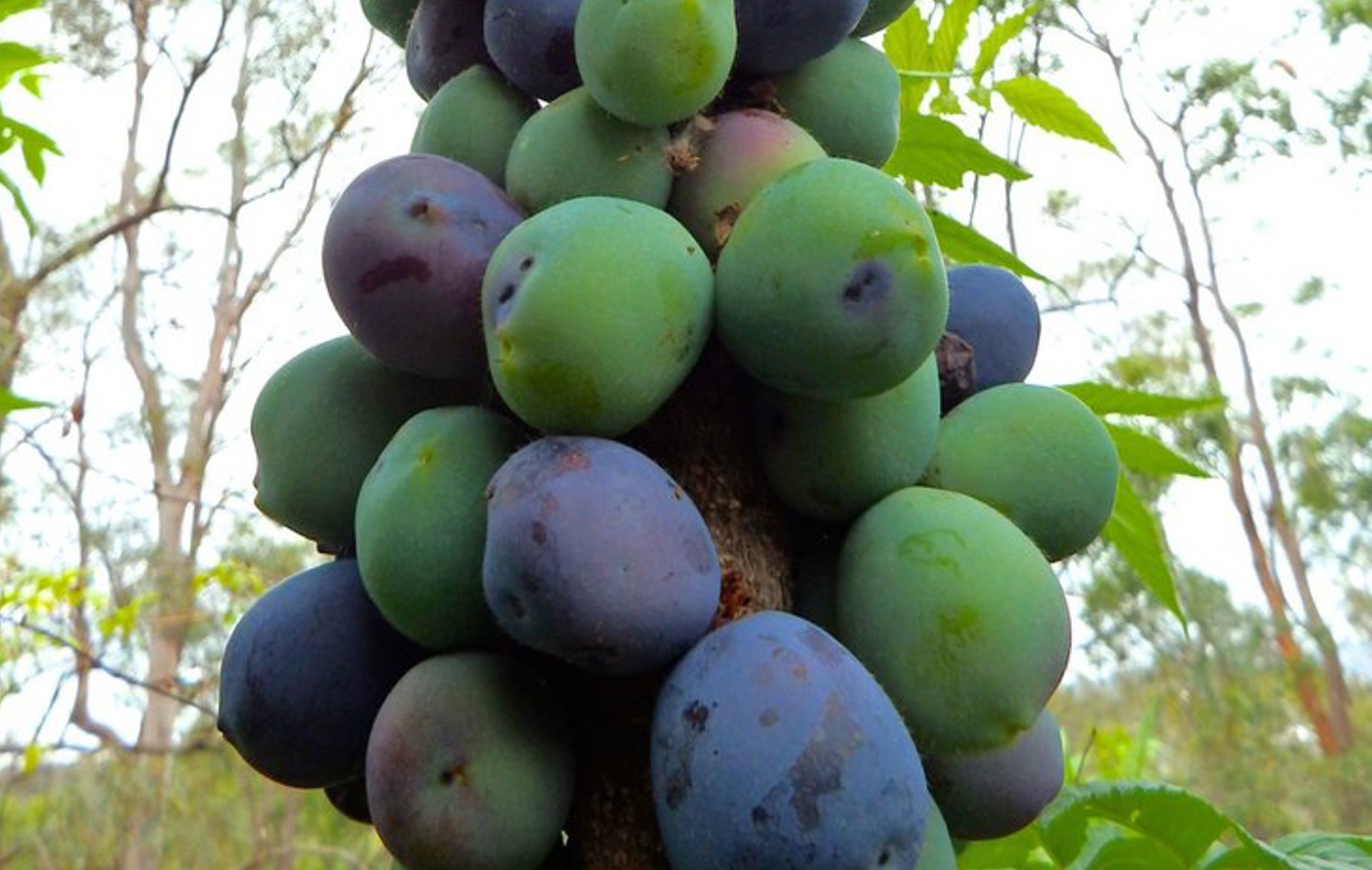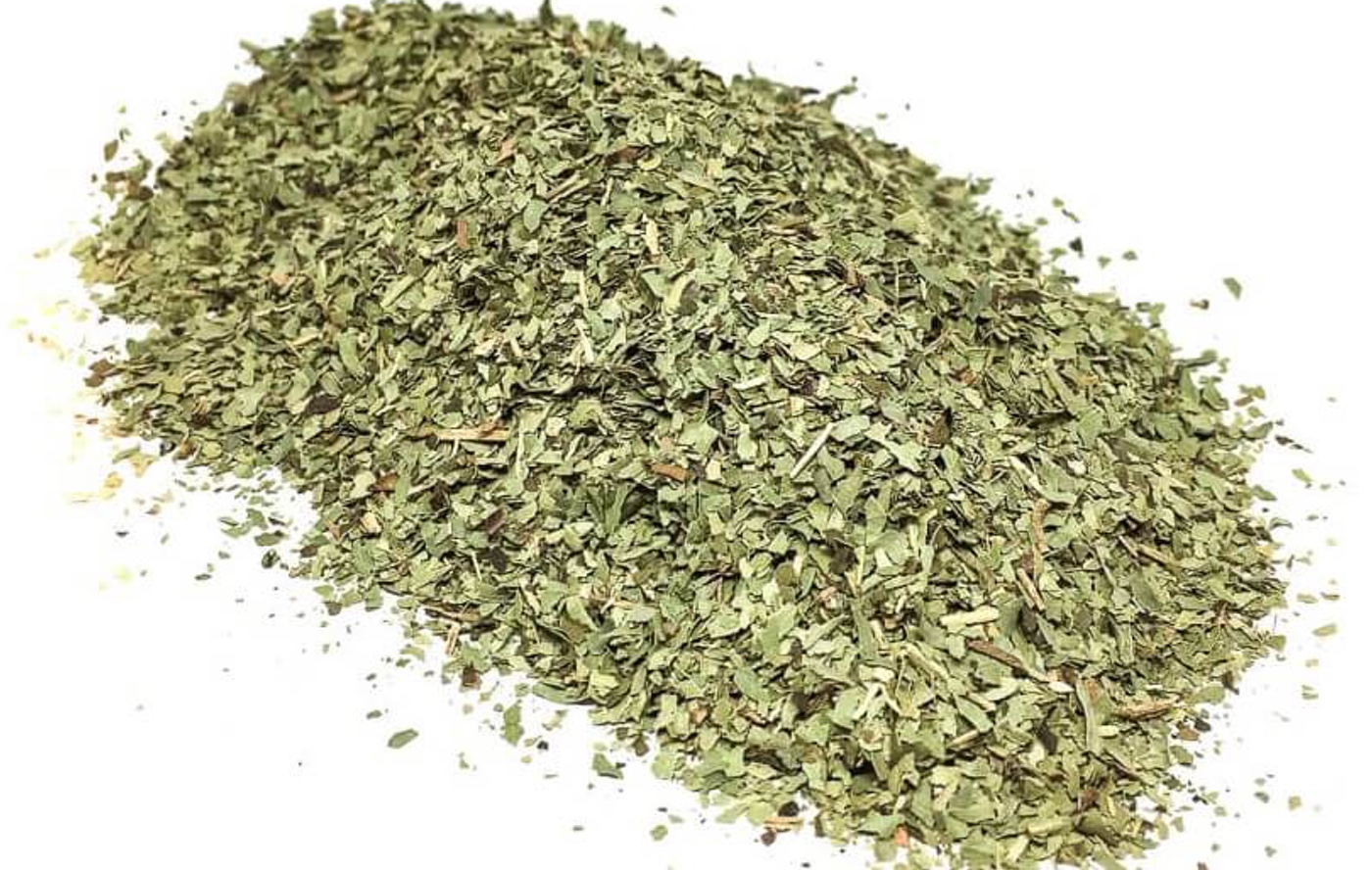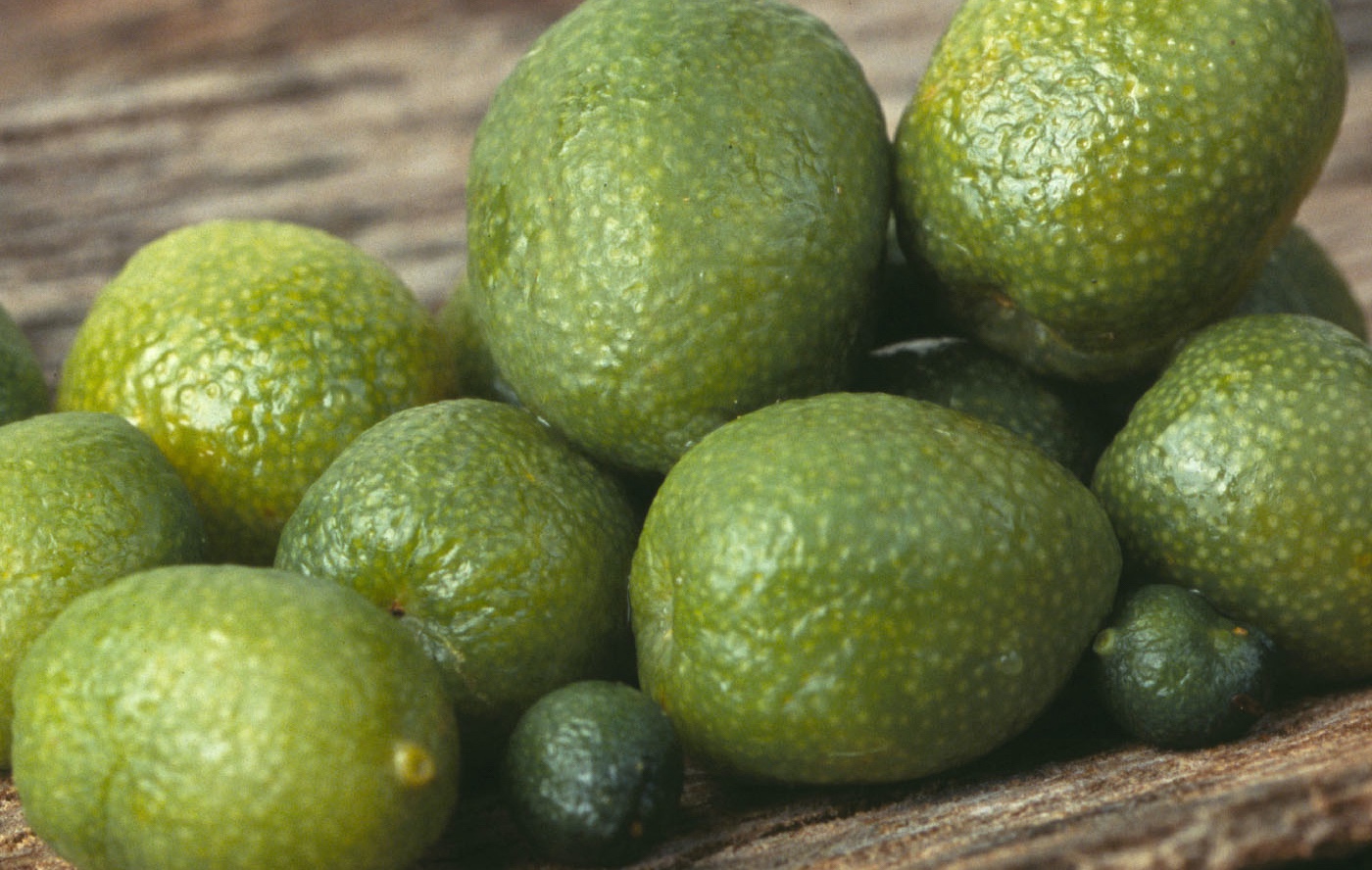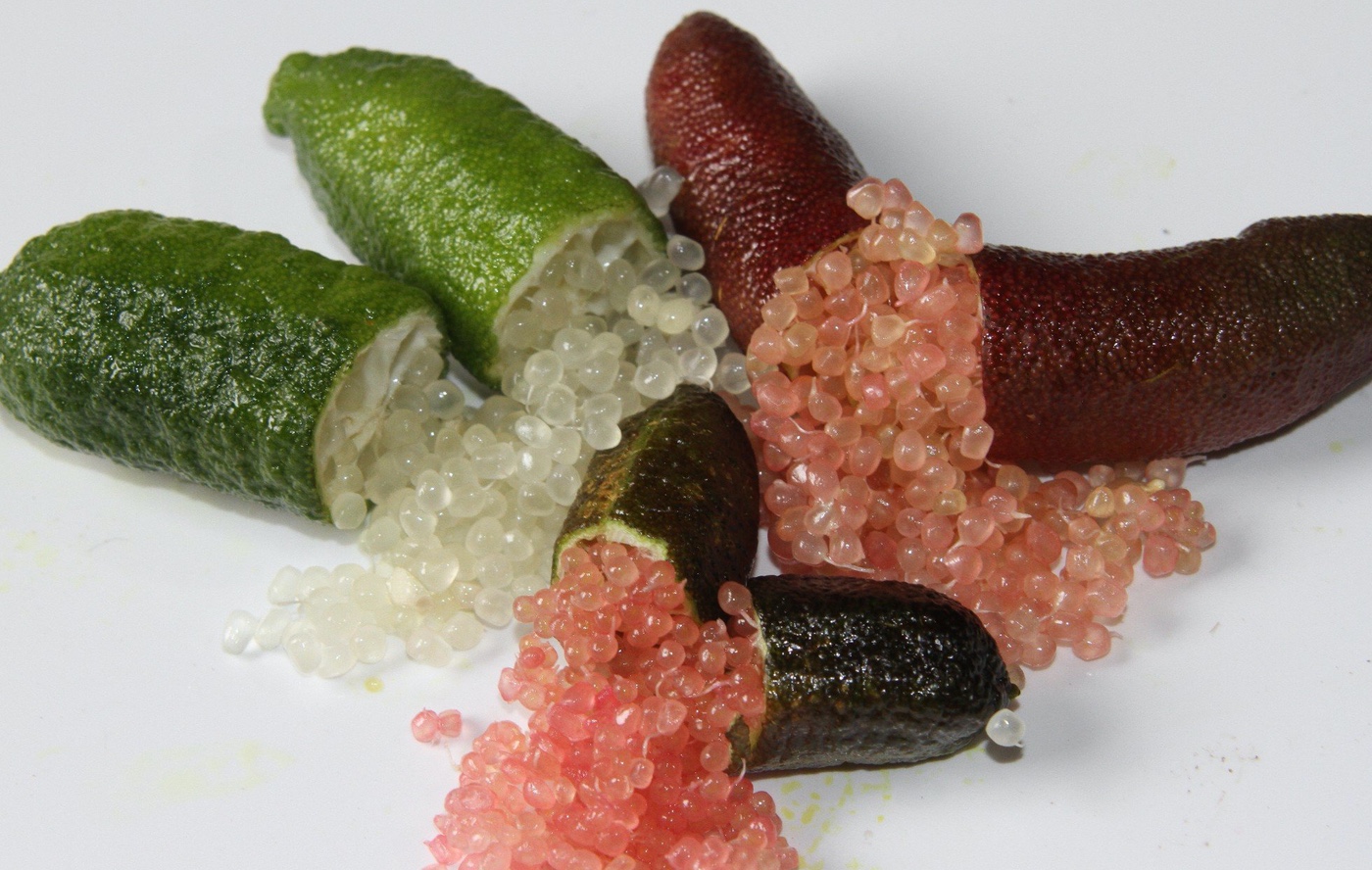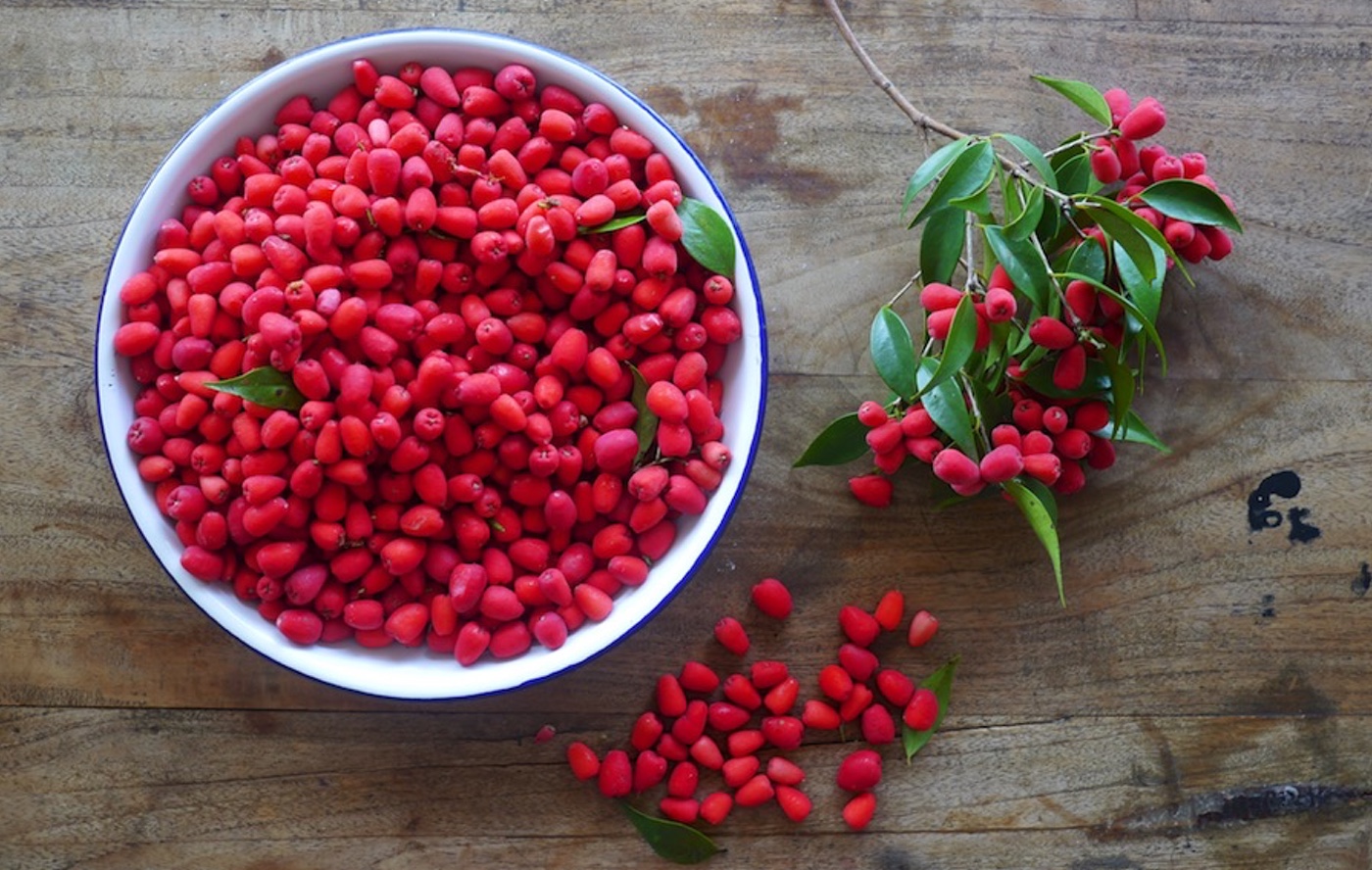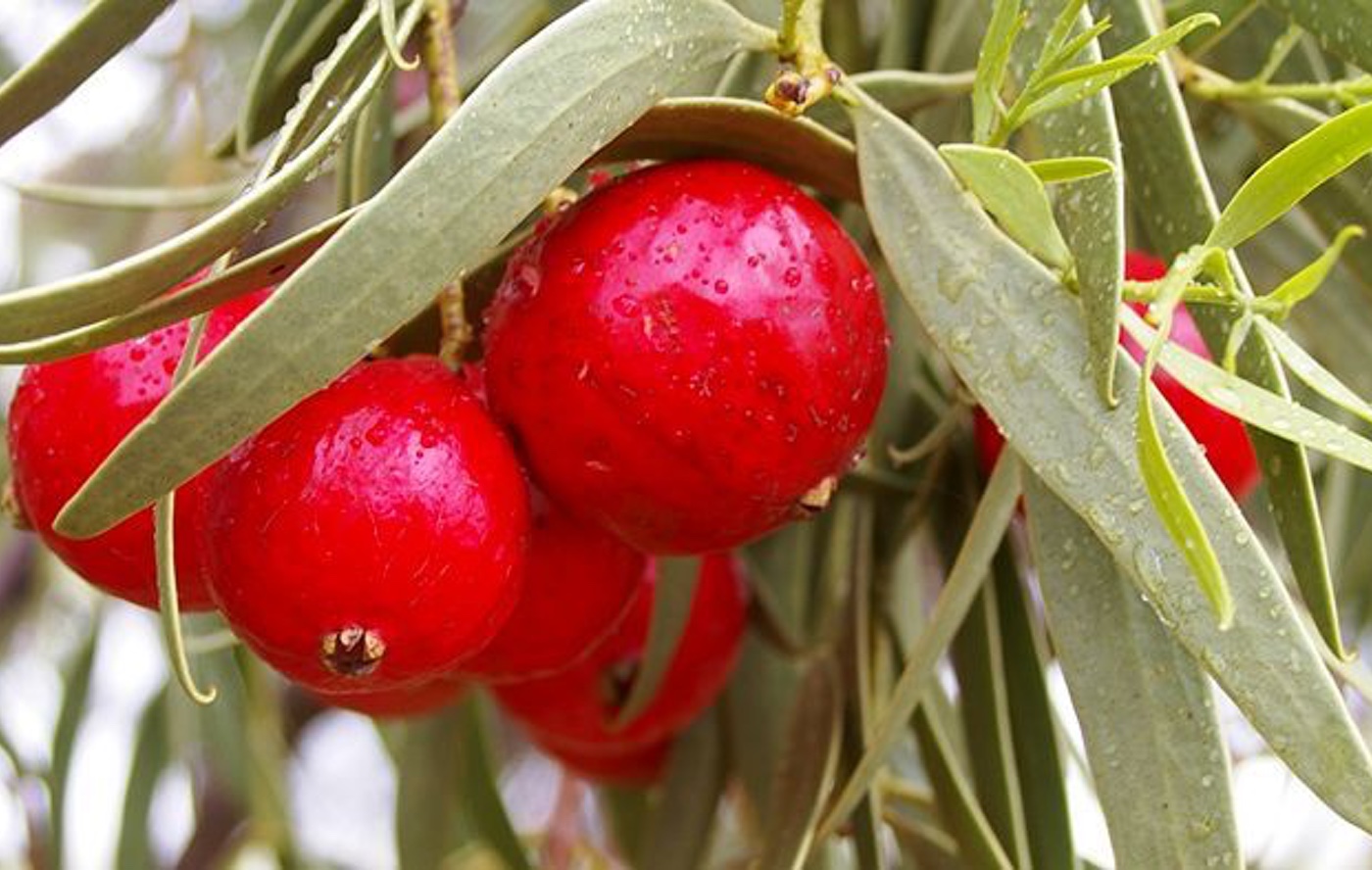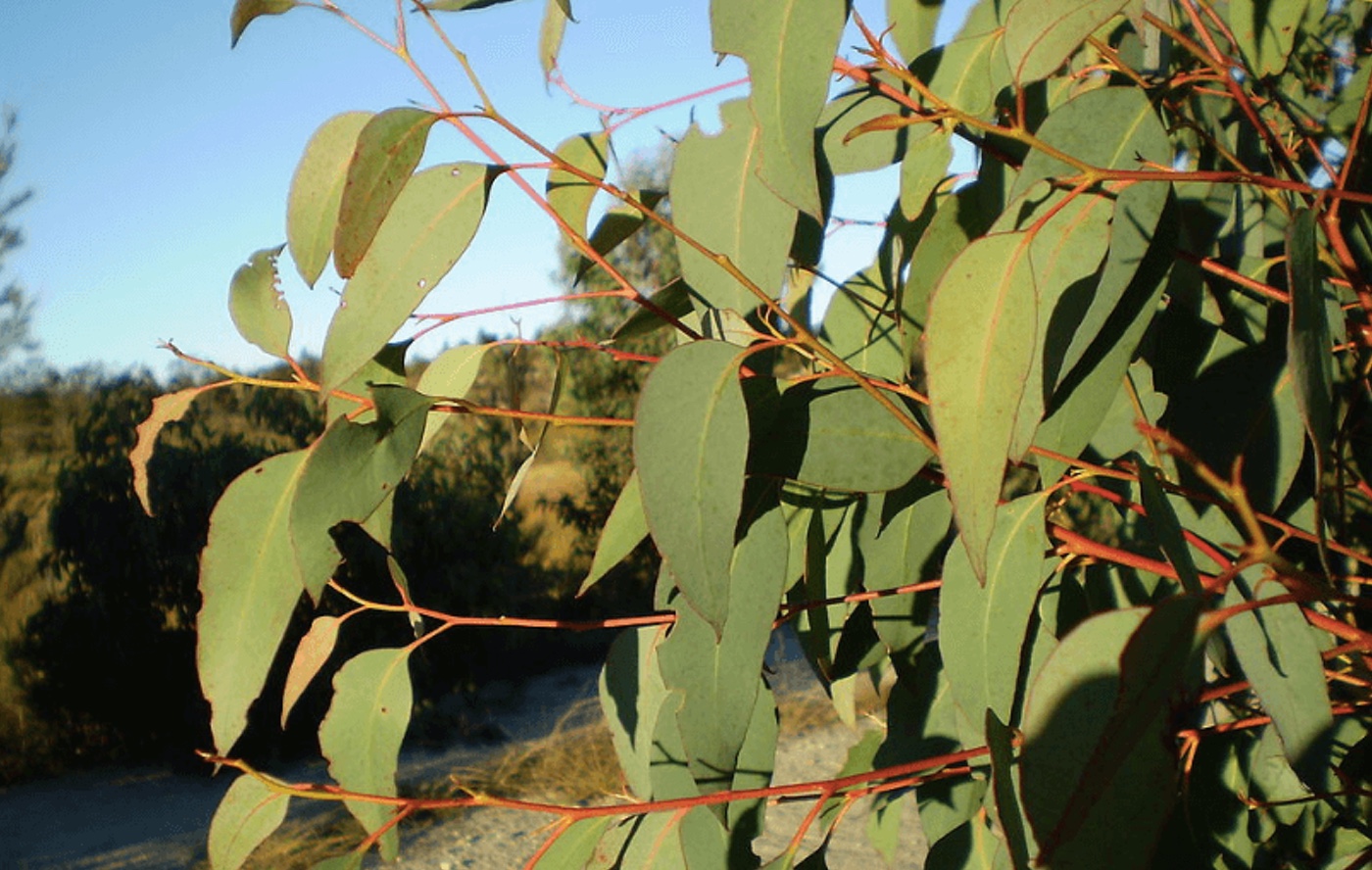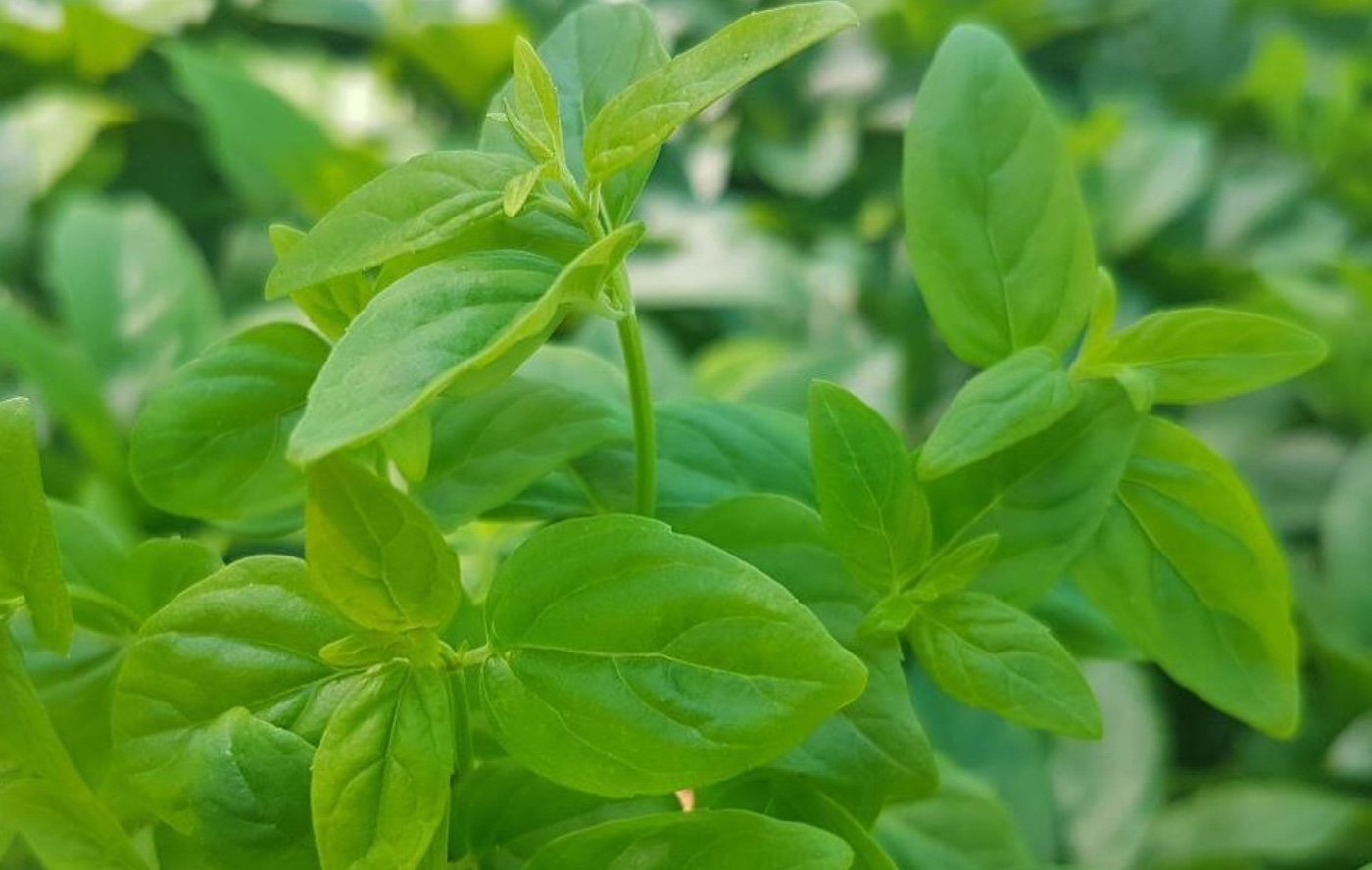Today is the augural Australian Gin Day and if you’ve come across Australian gins before, then you’d know that they are known for their botanical ingredients.
Australia has a wide and varied selection of native botanical ingredients that many distillers have been incorporating into their gins for their flavour and distinct taste. We may be the ‘land down under’ but we have gone above and beyond when it comes to producing ‘mothers ruin’. We now has over 250 gin distilleries across the continent, with the number continuing to grow.
With this in mind, no matter where you are in the world, it’s possible that sometime soon you’ll come across an Australian Gin. And when you do, grab hold of that glass and prepare yourself for some taste sensations. In the meantime though have a read of some of the more popular ingredients you might be tasting.
Davidson Plums
Davidson plums are known as one of the best of the native plums. The deep dark purple fruits contain a soft juicy pulp with a sharp acidity. The aroma is earthy, like fresh beetroot with some slight pickled notes. The taste is sour with some astringency and slight bitterness.
Anise Myrtle
Traditionally Aboriginal people used Anise Myrtle medicinally as a tonic for its vitalising effect. Anise Myrtle, also known as aniseed myrtle, has the aroma of aniseed, with some menthol and herbal elements. The flavour of of liquorice, with some sweetness and a slight cooling sensation on the palate.
Desert Lime
Desert limes are true citrus closely related to conventional citrus that have been collected in the wild by Aboriginal people and early settlers. The fruit is extramly low is sugar but quite high in acid, yet still has a distinctive piquant lime flavour and a refreshing taste.
Finger Lime
Wild finger limes are genetically very diverse with the largest palette of colours of any fruit. Skin colour can range from yellow-green to crimson, purple, and black, and the colour of the fruit inside also varies. Pulp colours of green, yellow, red and pink have all been recorded.
Wattleseed
Wattles grow all over Australia and are harvested both commercially and in the wild. The seed is harvested, then roasted and can be ground or sold whole. The Coastal Wattle is rich and nutty and has almost a fatty flavour, where as the Elegant Wattle is darker and has a deeper nut flavour.
Riberry
The fruit of the Riberry matures from December to February and presents s a pear-shaped red/pink berry. It has been reported to be one of the first fruits consumed as jam or cordial by early colonists of Australia. The taste has a refreshingly tart, spicy flavour with a hint of cloves and cinnamon.
Lemon Myrtle
Lemon myrtle leaves contain the highest amount of citral of any plant known in the world. Its flavour and aroma show refreshingly intense citrus notes often described as lemonier than lemon. The milled leaves are used to impart a distinctively clean and crisp citrus flavour.
Muntries
Muntries have been a highly valued fruit by the Aboriginal population. They are a ground-hugging native plant with ripe crunchy berries that vary between green, red and purple colourings.The fruit forms in clusters and ripens from February to March and provides a spicy apple taste.
Quandong
With the aroma of dry lentils or beans, the Quandong has some earthy fermented notes. The taste is slightly sour and salty. The fruit is usually dry textured, tart-tasting, with a sweetness can vary greatly between trees and areas..
Bush Tomatoes
Bush tomatoes have a distinctive raisin/caramel introduction with a strong spicy aftertaste. They taste a little like a sun-dried tomato. The Bush Tomato is believed to be closely related to the aubergine.
Strawberry Gum
Indigenous Australians would often chew on the leaves of the Strawberry Gum for their sweet berry flavour.Sweet and slightly acidic like balsamic vinegar, with fruity undertones that have shades of cinnamon, strawberry and passionfruit.
River Mint
As the name suggests, River Mint thrives along riverbanks and was used for medicinal purposes by indigenous Australians. The flavour has been desribed as an upmarket version of spearmint with an almost dizzying potency.







